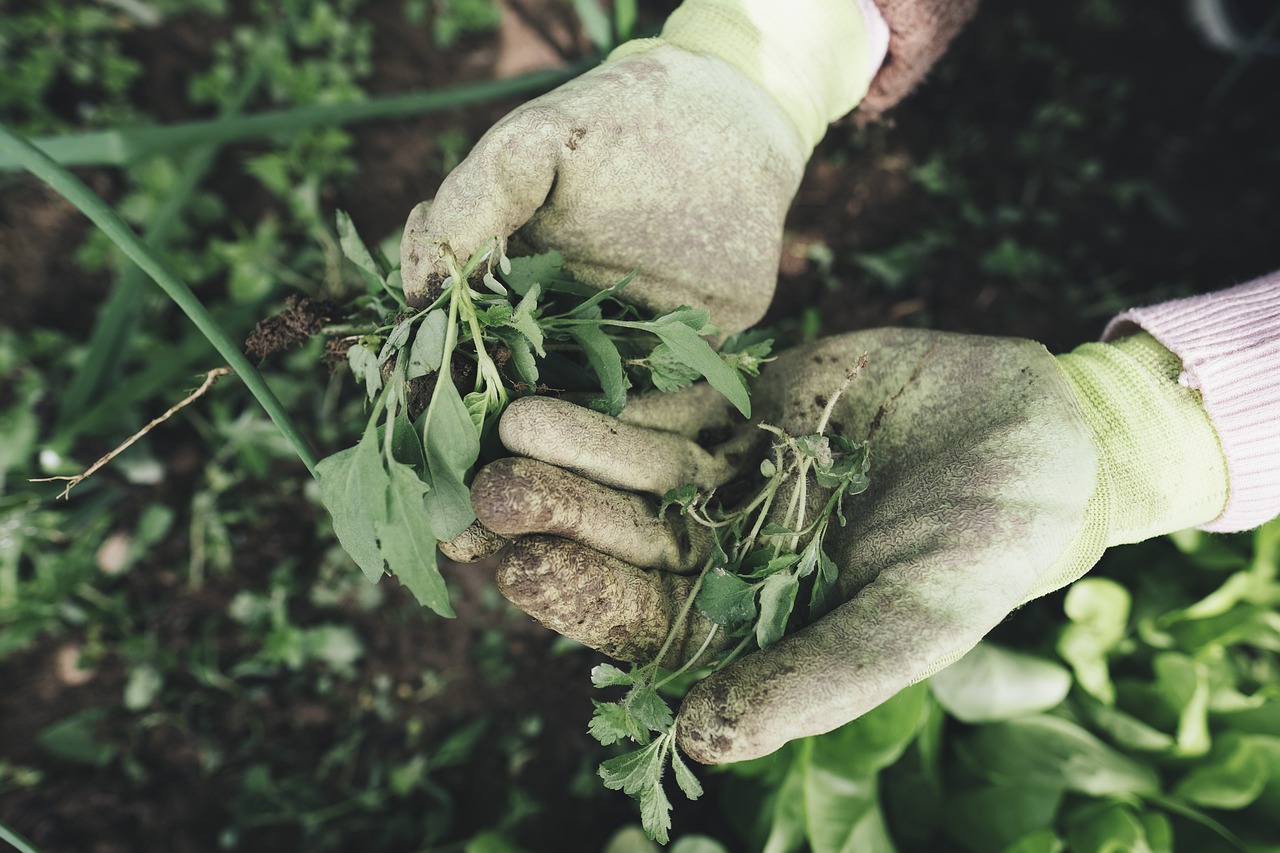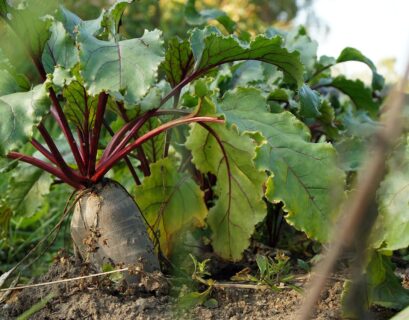Preparing your garden for planting is a crucial step that sets the foundation for a successful growing season. Whether you’re starting a new garden bed or revitalizing an existing one, proper preparation ensures healthy soil, optimal plant growth, and a bountiful harvest. Here’s a step-by-step guide to help you prepare your garden effectively:
1. Evaluate Your Garden Site
Before you start digging, assess your garden site to determine factors such as sunlight exposure, soil type, drainage, and space availability. Choose a location that receives at least 6-8 hours of sunlight per day for most vegetables and flowers.
2. Clear the Garden Area
Clear any existing vegetation, weeds, rocks, and debris from the area where you plan to garden. Use a garden rake, shovel, or hoe to remove weeds and loosen compacted soil. This step prevents competition for nutrients and space, allowing your plants to thrive.
3. Test and Improve Soil Quality
Test your soil pH and nutrient levels using a soil test kit or by sending a sample to a local cooperative extension service. Most plants prefer a slightly acidic to neutral pH (around 6.0-7.0). Amend the soil as needed by adding organic matter such as compost, aged manure, or peat moss to improve soil structure, fertility, and drainage.

4. Prepare Garden Beds or Rows
Define your garden beds or rows based on your planting plan. Use a garden spade or tiller to loosen the soil to a depth of 8-12 inches, incorporating amendments evenly throughout. Avoid working wet soil to prevent compaction.
5. Create Pathways and Access Points
Designate pathways and access points around your garden beds to provide easy navigation and maintenance. Lay down mulch, gravel, or stepping stones to minimize soil compaction and weed growth in pathways.
6. Plan Your Planting Layout
Plan your planting layout based on the mature size of your plants, spacing requirements, and companion planting principles. Group plants with similar water, light, and nutrient needs together to maximize efficiency and promote healthy growth.
7. Install Irrigation or Watering Systems
Consider installing drip irrigation, soaker hoses, or a sprinkler system to provide consistent moisture to your plants. Water deeply and thoroughly, allowing the soil to absorb water to the root zone.
8. Apply Mulch
Apply a layer of organic mulch such as shredded leaves, straw, or wood chips around your plants. Mulch helps retain moisture, suppresses weeds, moderates soil temperature, and improves soil structure as it breaks down.
9. Protect Against Pests and Diseases
Take preventive measures to protect your garden from pests and diseases. Use row covers, companion planting, and organic pest control methods to minimize damage without harmful chemicals.
10. Monitor and Maintain
Regularly monitor your garden for signs of pests, diseases, and nutrient deficiencies. Keep plants well-fed with organic fertilizers as needed and maintain good garden hygiene by removing weeds and spent plants promptly.







